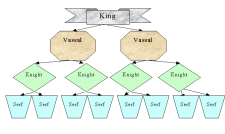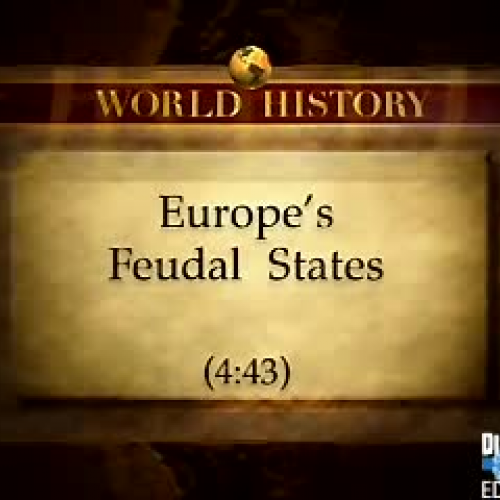

One drawback to this system was that the nobles were very powerful because they controlled the armies. Each lord or vassal raised an army to defend his fief and to serve the king as needed. Fiefs - and the obligation to serve the king - were inherited by the eldest son of the ruling nobleman.įeudalism allowed large territories to be governed in the absence of a central government. The peasants were bound to the land, so it was in the vassal's interest to protect them from invaders.

Peasants, or serfs, farmed the land and provided the vassal or lord with wealth in the form of food and products. In return, the lord provided the knight with lodging, food, armor, weapons, horses and money.
#BENEFITS OF FEUDALISM IN THE MIDDLE AGES PROFESSIONAL#
Many knights were professional warriors who served in the lord's army. The king could also grant fiefs to vassals (knights) in exchange for military service. The king granted fiefs (portions of land) to nobles (lords or barons) in return for loyalty, protection and service. In feudalism, the king owned all of the land. To control such a large territory, Charlemagne instituted a feudal system of government. The Frankish tribes established control over vast territories, and one Frankish king, Charlemagne (Charles the Great) ruled a large chunk of Europe - from northern Spain and Italy through France, Germany and Poland. Numerous tribes fought for domination over territories, but there were no central governments or national armies. The French School/The Bridgeman Art Library/ Getty ImagesĪfter the fall of the Roman Empire, Western Europe had no countries.


 0 kommentar(er)
0 kommentar(er)
